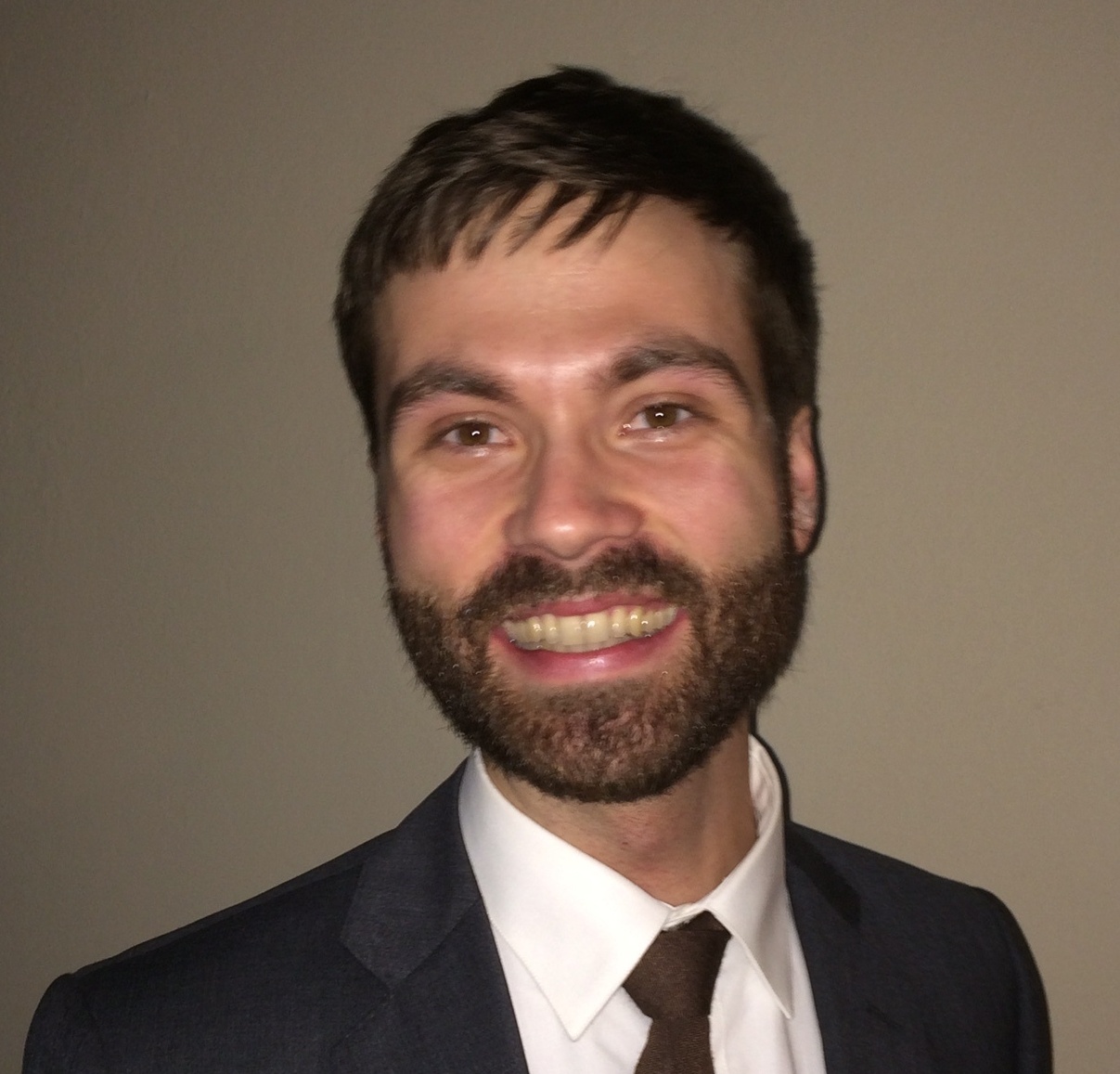 Special education teachers are experts at personalized learning. Individualized Education Programs (IEPs), small group instruction and flexible classroom design are among the many tricks that special education teachers use to meet their students' needs. Yet when we discuss personalized learning for mainstream students, we often forget that special education is a rich source of personalized learning best practice.
Special education teachers are experts at personalized learning. Individualized Education Programs (IEPs), small group instruction and flexible classroom design are among the many tricks that special education teachers use to meet their students' needs. Yet when we discuss personalized learning for mainstream students, we often forget that special education is a rich source of personalized learning best practice.
Consider two of the six guiding principles of the Individuals with Disabilities Education Act:
- Nondiscriminatory evaluation requires that students' abilities be judged in a multi-factored, non-biased manner.
- Shared decision-making mandates that schools consider students' input when formalizing IEP goals.
Sound familiar? While the language is different, these principles are central to today's personalized learning movement. Instead of nondiscriminatory evaluation, we strive for culturally-sensitive, whole-child assessments. Rather than shared decision-making, we advocate for student voice and choice. Regardless of the terms used, special education has always entailed personalizing instruction and empowering self-directed learning.
The more you compare special education and personalized learning, the more their boundaries blur. As districts personalize learning to individual students needs, they find that every child belongs to a special student group, whether English Language Learner, low-income, gifted, learning disability, etc. By personalizing for all students, districts deliver a tailored education that was previously available to only special student populations.
Special education classrooms are a particularly good place to learn about more nuanced aspects of personalized learning, like inclusion. While special needs students receive more personalized instruction, they may feel isolated from their mainstream peers. As such, special education teachers push to simultaneously personalize instruction and provide opportunities for collaboration with other student groups. Special education teachers can remind district leaders that personalized learning should support teamwork and community not only within but across classrooms. Julia Freeland, Director of Education Research at the Clayton Christensen Institute, affirms that personalized learning "can facilitate inclusion, but don't assume that it's a given."
The perspective of special education can also help districts choose the right tools, making personalized learning more efficient. Special education teacher Kara Brook-Odom shares in Edsurge how few educational apps meet the needs of her students, leaving many school-purchased software licenses unused. This is common for both special needs and mainstream students: only 35% of software licenses are used enough by students to meet district or company goals. Teachers like Brook-Odom bring new insights to why students aren't engaging, allowing districts to re-purchase only the most useful tools for both mainstream and special needs students.
With personalized learning, districts must individualize instruction without limiting opportunities for collaboration and inclusion, to avoid one-size-fits-all standards without losing the efficiencies of standardizing. It's not an easy line to walk. Luckily, special education teachers have been doing it for decades. As district leaders design and scale personalized learning, they can draw upon the expertise of their own special education teachers to bring the successes of special education to all students.
Have questions or comments? Let us know! Want to chat more about it? Follow Cary on twitter via @edtective.





